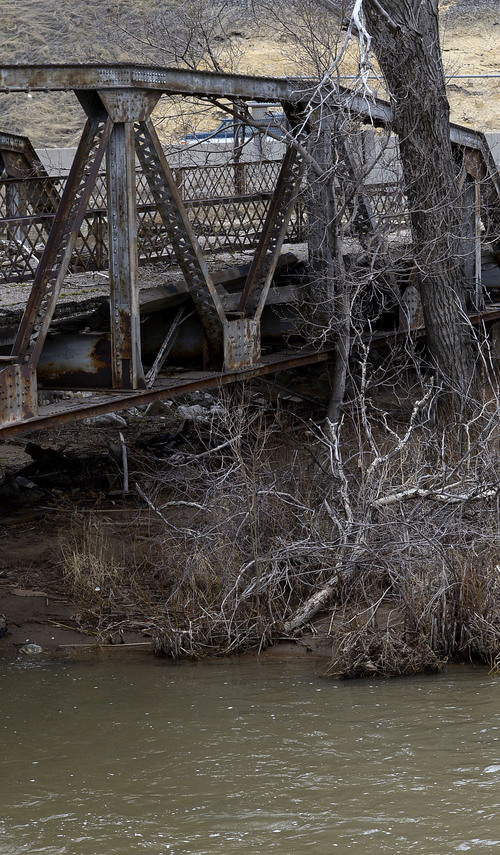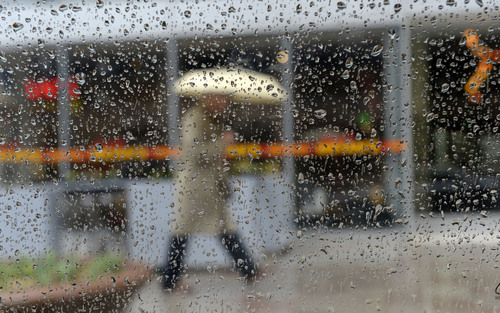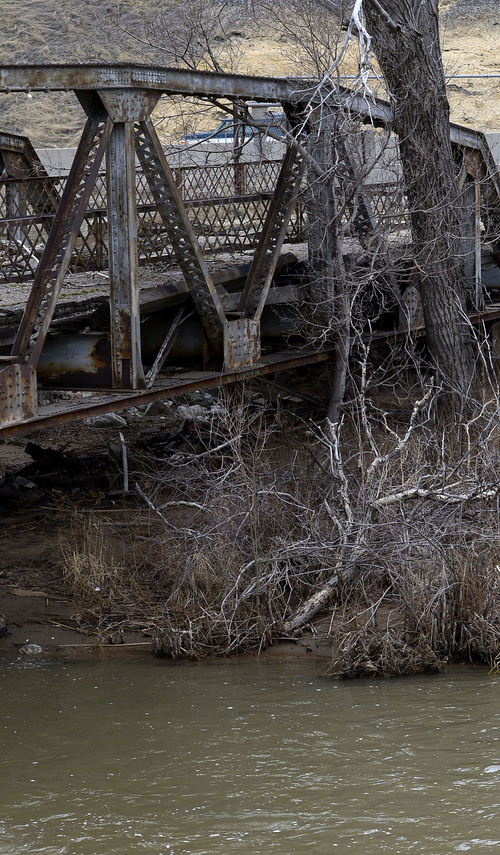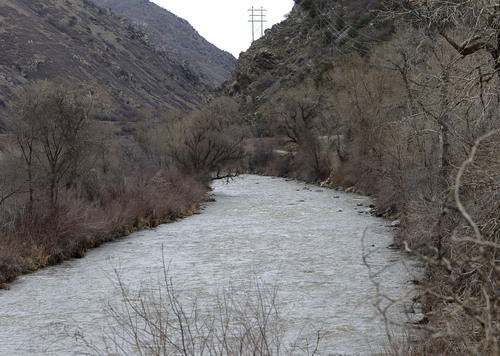This is an archived article that was published on sltrib.com in 2014, and information in the article may be outdated. It is provided only for personal research purposes and may not be reprinted.
While it sounds like an exotic drink, the only ingredient of the Pineapple Express is water. Northern Utah got a good taste of the weather phenomenon in February, and it virtually flipped the outlook for water in 2014.
"The Express has delivered storm after storm of heavy, wet, dense snow to northern Utah in February. It would be ever so nice if it continued for another week or two, at least," said Randy Julander, Utah's snow survey supervisor for the Natural Resource Conservation Service (NRCS). "It would also be beneficial if the Pineapple Express found a way to reach southern Utah."
The Pineapple Express is a fancy name for conditions that point "a river of moisture in the atmosphere" from an area in the Pacific Ocean near the Hawaiian Islands to the West Coast of the United States. Northern Utah and other northern states in the West were lined up directly in the river's path.
Heavy and wet storms in northern Utah in February brought snowpack levels from 75 percent of normal for the Bear River and Weber River drainages to between 100 and 110 percent, according to the monthly summary released by the NRCS Thursday.
The Tony Grove monitoring station in Logan Canyon picked up 20 inches of water in the snow in 30 days.
Southern Utah, meanwhile, "couldn't buy a drop of rain for any price," Julander said.
The Midway Valley monitoring station, a high elevation site near Cedar City, saw 1.8 inches of snow water equivalent in the same 30 days.
In addition to dry weather, February also was warm in southern Utah. That started melting snow in some areas, which complicates water storage scenarios as winter comes to an end.
"Things have completely flipped," Julander said. "We started the year down south 120 to 130 percent of average on snowpack and then it just completely shut off."
According to the report, southwestern Utah is at 55 percent of average for precipitation since October 1 and southeastern Utah is at 69 percent.
Twitter: @BrettPrettyman









